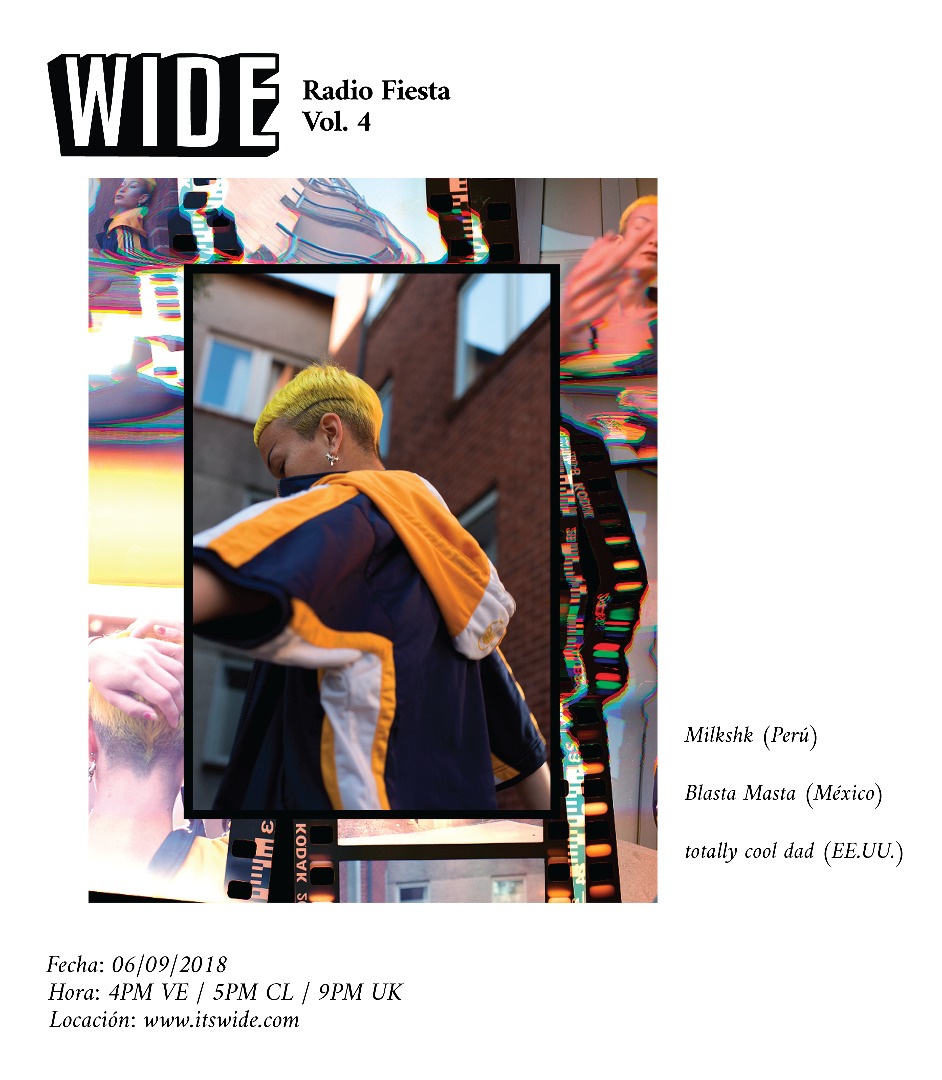Jesse Kanda: Some thoughts on the beauty out of the uncanny valley
You’ve probably read the reviews. It goes without saying: To say Bjork is to say Arca, and to say Arca is to say Jesse Kanda. To say Jesse Kanda is to say “repulsive beauty” or some other invitation to the oxymoron, but the meaning – or “message” – of his works are far from running short, since his statements take place in the aesthetic domain, in the visual and the musical, going through and around the plain world of words and concepts.
In order to make art, a nice precept would be “to go against the current”: Think about all those Instagram of what we’d like to eat, fuck or consume. Then go and show exactly the opposite. The resulting contrast will be refreshing or, to say the least, outstanding in the disgust, hate, fear or rejection that the images would evoke in us viewers. What would be the achievement of this? Regarding superficial first impressions, the spectators won’t be having such a great time, calling us out as avant-garde artists, unreasonably rebellious types or perhaps just “edgy”. Much like a Duchamp: Can a human waste recipient be beautiful? “Beautiful” as to be placed in a museum? The experience, by itself, is an invitation to think, standing on our sensibilities in new worlds, other ideas: where the possibility for non-conformity and for the transformation – of the tiny world we’ve sheltered in the walls of our comfort zone – may arise.


Much in the way that fiction creates horizons of possibility for reality – consider Captain Nemo, for example – the works of artists like Kanda sets new ideas in motion by their contrast to everyday sensibility. Bringing the grotesque and the beautiful to an uneasy closeness, as in his fleshy, mutant figures – oblivious of any beauty standard – we come to think about the body in a different way. We will not find American Apparel’s pretty and stylized models here, with their affected artlessness and smiles, which still represent the dominant culture of well-being and consumption of bodies, far more imperative than casual. Instead, we’re shown almost faceless anthropomorphic figures dancing in an unsettlingly mechanical way, in contortioned stances, twisted like plasticine as they reveal their vascularity, guts, bones and flaccid skin: viscosities, flabbiness, un-articulateness and depths usually cast aside when thinking about the body.



The same goes for Kanda’s search for beauty beyond skin, placing intestines, bloodened muscle fibre, veiny plexuses lying under the skin and the flabby excess of it at the same level of the six-pack, the shapely butts, the broad chins and symmetrical faces. We might dispute Kanda’s ascent to fame as mere consequence of the hype and gravitational pull of his more notorious collaborators, what’s more, we could see his work as an iteration of subjects which have been present in the art world since its inception. Nonetheless, in comparing him to other artists that have participated in the aesthetics of ugliness and transgression – in spite of their broad contextual differences – we might get a clearer view of the repercussions this kind of works elicit.
– What happens, exactly, when Ai Weiwei breaks an invaluable Han Dynasty vase and sells photographs of the process – dyed into lego bricks – in 500.000 euros to an art world impresario as he playfully quotes Mao Zedong by saying “in order to build the new world we must destroy the old”? Does it matter what the artist might do with the funds? Is it important that the action hints that the value of an object doesn’t lie in the object itself, but it its use and meaning? Unlike an academic dissertation, the understanding of these statements occur in a synchronous way on the expectator.
– In the realm of the grotesque, is Nelson Garrido’s Bio-lencia project a redundancy in a country where a generalized ugliness and violence are very frequently ignored? Is it lacking in novelty or merit by its similarities to Carlos Contramaestre’s 1962 Homenaje a la necrofilia (Homage to necrophilia); whose avant-garde and critical art movement’s name (El Techo de la Ballena) was later – and rather unscrupulously – given to a pro-leftist library and café establishment?

In this manner of thinking, Jesse Kanda’s contributions is quite more than a simple act of navel-gazing from a gratuitously hype-mongering musical scene of “the weird and the subordinate”, but an addition of critical hues: a collaboration with an art movement which questions and transforms. It is also, as artwork in itself, a novel aesthetic experience, with its own hidden delights, its own unique – and easily distinguished – personality.




